Research
What underlies our ability to effectively store and recall information?
We build computational models of memory that describe how information is encoded into one’s memory and later retrieved from it. We derive the optimal behavior (or policy) under this model for a given memory task, and then compare human behavior to this optimal behavior. This helps us identify which aspects of human memory behavior contribute to or hinder good memory performance.
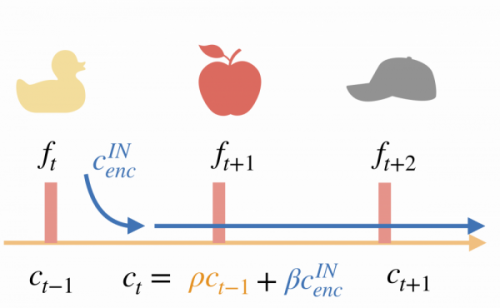
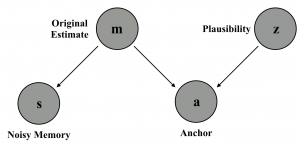
How does our memory interact with the environment and others?
Humans constantly interact with environmental information and others in their daily activities. Yet, our current understanding of human memory is predominantly based on controlled laboratory experiments where participants engage in memory tasks without external assistance. To better reflect these real-world, naturalistic scenarios, we are developing computational models of memory that capture the intricate interplay between individual memory and cues in the environment.
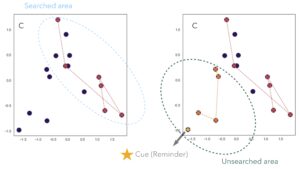
What are the neural foundations underlying successful memory encoding and retrieval?
While traditional neuroscience approaches can identify brain regions whose activation correlates with successful memory, they do not say much about how particular brain regions produce said behavior. To bridge this gap, we analyze neural data constrained by formal models of cognition. This approach allows us to discern how specific brain regions contribute to behaviors by aligning them with memory processes that are mathematically defined in our models.
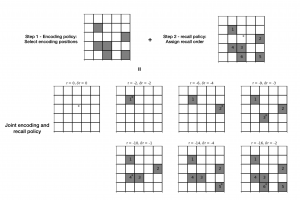
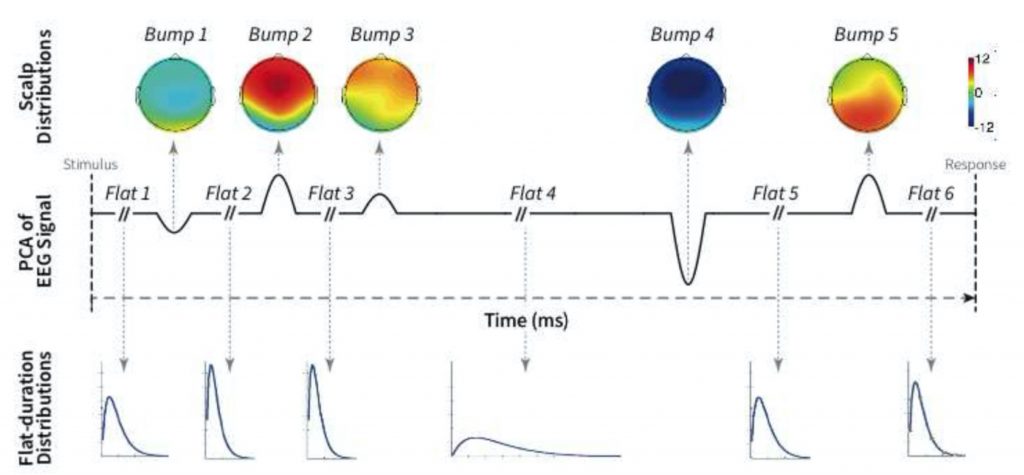
Can we optimize memory in human individuals and artificial agents?
By understanding the factors that drive optimal memory behavior, we can identify inefficiencies in individual participants and create interventions to enhance their memory performance. Furthermore, by developing optimal models of human memory, we gain valuable insights into designing artificial agents capable of undertaking similar memory and learning tasks.
